How to make an amigurumi Teddy bear?
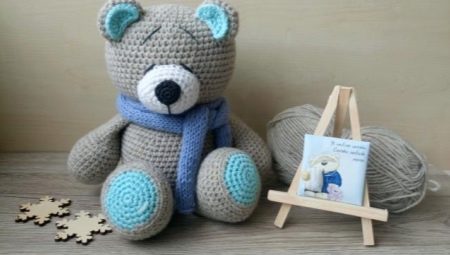
The Japanese knitting technique for miniature toys - amigurumi - has long been recognized among needlewomen around the world. With its help, kittens and bunnies, piglets and elephants, dragons and unicorns are created. Today we will try to knit another popular favorite - the Teddy bear. You will find a detailed description of the knitting process in the article.
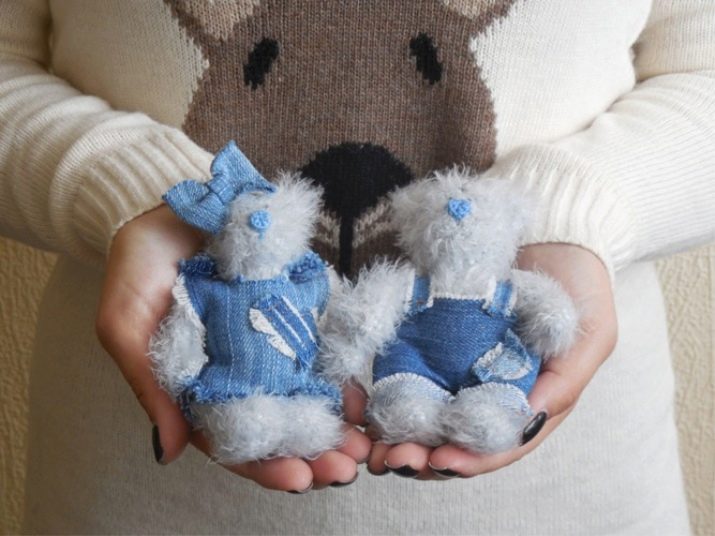
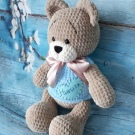

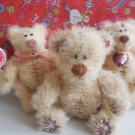
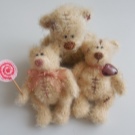
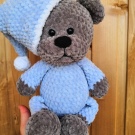
Peculiarities
The main feature of amigurumi as such is a special way of knitting - in a circle. A Teddy bear tied up in this way should be especially cute.
The color of the bear is best to choose beige or gray (classic Teddy colors), but if you wish, experiments are also permissible: white or chocolate yarn is perfect.
An amigurumi toy cannot be more than 10 centimeters, so in our material we will give a knitting pattern for just such a baby bear.
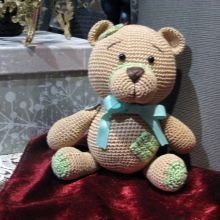
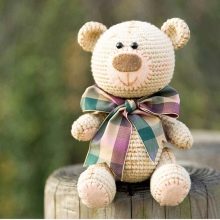
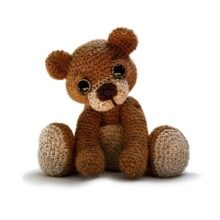
Tools and materials
Of the tools, you only need a crochet hook (it is best to take No. 2 or No. 2.5 to ensure a tighter knit) and a needle with a wide eye for the final stitching of the toy parts.
More materials will come in handy.
- Yarn. A Teddy bear can be knitted from "grass" (the product from "Kamtex" is best suited) or from plush yarn. "Grass" is also good because the finished product can be combed.
- Stuffing. Take synthetic fluff or holofiber - they are hypoallergenic, do not roll, keep their shape well.
- Floss threads. You will need threads of blue (for embroidery of the nose) and black (for eyes) colors.
If you want to complement the bear with an accessory (heart, bow, ball), then also prepare materials for their creation.
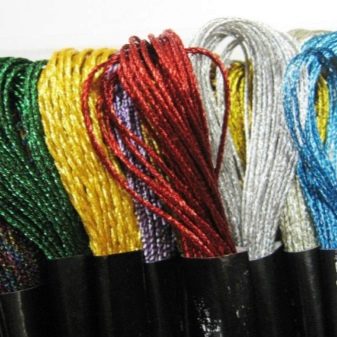

Knitting technique
Below is a detailed description of the crochet pattern for a 10 cm amigurumi Teddy bear.If you want to knit a large bear, just add more stitches and, accordingly, knit more rows.
The abbreviation "sbn" means a single crochet.
Head + carcass:
- we collect 1 row: we knit an amigurumi ring - 6 loops;
- 2nd row: add 2 sc in each loop - in the end there should be 12 of them;
- 3: we knit 1 sbn, add two to the next loop, repeat this 6 times - you should get 18 loops;
- 4: we knit 2 sc, add 2 again to the next loop, repeat 6 times - we get 24;
- 5: we knit 3 sbn, an increase in the next loop - 2, repeat - 6 times, in the end we get 30;
- We knit rows 6-11 without increments, that is, each of them should have 30 loops;
- 12: we knit 6 sc, then we make a decrease by 1 loop and repeat this action 4 times (decrease by 7, 14, 21 and 27 loops), in the end there should be 27 of them;
- 13: 5 sc, decrease by 1 loop (6, 12, 18 and 24), 24 remains;
- 14: 4 PRS, decrease by 1 (5, 10, 15, 20), will remain 20;
- 15: 3 PRS, subtract 1 (4, 8, 12, 16), in the remainder - 16;
- 16: 2 sc, subtract 1 (3, 6, 9, 12), 12 should remain in the row;
- We knit rows 17 and 18, 12 loops each, without increases and decreases;
- 19: add 2 sc in each loop - we get 24;
- 20: we knit 2 sbn, add 2 to the next loop, so we repeat throughout the row - it should turn out to be 32;
- 21: we knit 3 sbn, add 2 to the next loop, similarly we knit the whole row - we get 40 loops;
- Rows 22-27 knit 40 loops each;
- 28: we knit 6 sbn, on the 7th loop we make a decrease, we knit the entire row in this way, that is, we subtract 7, 14, 21, 28 and 35 loops, 35 remains in the row;
- 29: 5 PRS, decrease by 1 (6, 12, 18, 24, 30), in the remainder - 30;
- 30: 4 PRS, subtract 1 (5, 10, 15, 20, 25), 25 remains;
- 31: 3 PRS, decrease by 1 (4, 8, 12, 16, 20), in the remainder - 20;
- 32: 2 PRS, subtract 1 (3, 6, 9, 12, 15), 15 remains;
- 33: 2 sc, decrease 1 (3, 6, 9, 12), the row will decrease to 12 loops;
- 34 row: we knit 1 sbn, we also subtract 1 (2, 4, 6, 8) - only 8 loops remain.
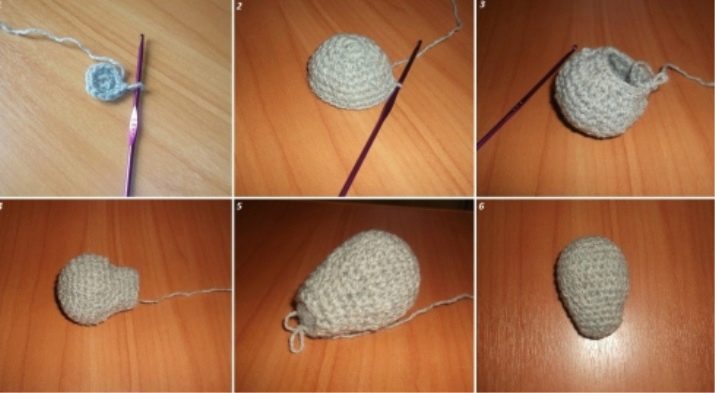
We close the hole: we knit the thread into the opposite loop, cut it off, tie a strong knot, and then use a hook to hide it inside the carcass.
An explanation of the packing needs to be made. As you already understood, the 17th and 18th rows form the neck of the toy, and in this place the hole will be narrow, so you need to stuff your head immediately after knitting the 18th row. The body can be stuffed on rows 31–33.

We knit an eyelet (two pieces):
- 1 row: form an amigurumi ring from 6 loops;
- 2 row: 1 sb, add 2, repeat - we get a row of 9 loops;
- 3-4 rows - 9 sbn each.
We fasten the thread and leave a long tip long enough to sew the eyelet to the head. This will be much more convenient than sewing with a different thread.
Handles (two pieces):
- 1 row: form an amigurumi ring from 6 loops;
- 2: we knit 1 sbn, add 2, repeat 3 times - we get 9 loops;
- 3: 1 sc, add 2, repeat - 13;
- 4-7 rows of 13 sbn;
- 8: we make decreases on 3, 6, 9, 12 loops - 10 remains;
- 9-10 rows: 10 each;
- 11: 3 PRS, add 2, repeat - we get 12;
- 12-13 rows: 12 each;
- 14: Decreases on stitches 3, 6 and 9 - 9.
We knit in the opposite row, fasten, leave a long thread for sewing the handle to the carcass.
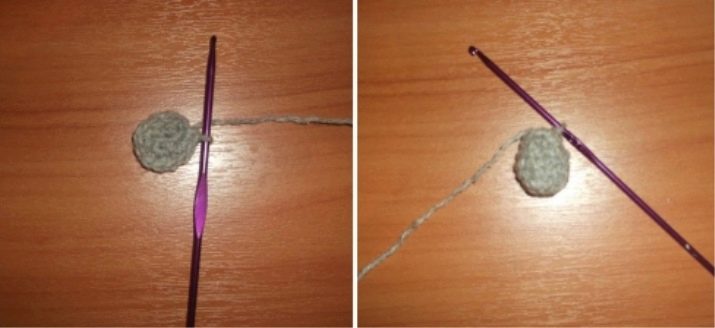
Legs (two):
- 1: 6-loop amigurumi ring;
- 2: 1 knit, add 2 to the next loop, repeat 3 times - 9 will work;
- 3: knit 1, add 2, repeat - 13 loops;
- 4-7 rows: 13 each;
- 8: decreases by 3, 6, 9 loops, in the end you get 10;
- 9-10 rows: 10 each;
- 11: 3 PRS, add 2, repeat - 12;
- 12: 3 sc, addition 2, repeat - 15;
- 13, 14 rows: 15 each.
We knit into the opposite wall, fasten, leave a long thread for sewing the legs to the calf.

Tail:
- 1: ring of 6 sc;
- 2: 1 sc, add 2, repeat - 9;
- 3: 9 sc.
We fix it, we leave the thread.
Muzzle:
- 1: 6-loop amigurumi ring;
- 2: 1, add 2, repeat - we get 9;
- 3: 1, add 2, repeat - 13;
- 4: 1 Add 2 Repeat 19
- 5-7 rows: 19 each.
We fasten the thread, leave the long end.
Toy assembly workshop
- Pre-fill the carcass, legs and handles with the filler of your choice.
- The easiest way is to sew the legs first, moving in a circle. After the end of sewing, it is best to hide the knot inward with a crochet hook.
- Sew on the handles.
- Next, start sewing on the muzzle. You need to fill it almost at the end of sewing.
- Ears and tail do not need to be stuffed.
- Embroider the eyes and nose with floss threads.

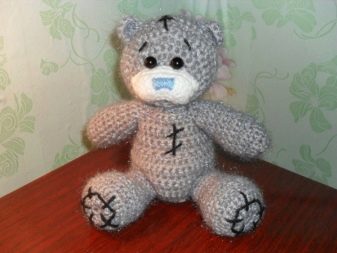
You can watch a master class on how to tie a Teddy bear in the next video.








